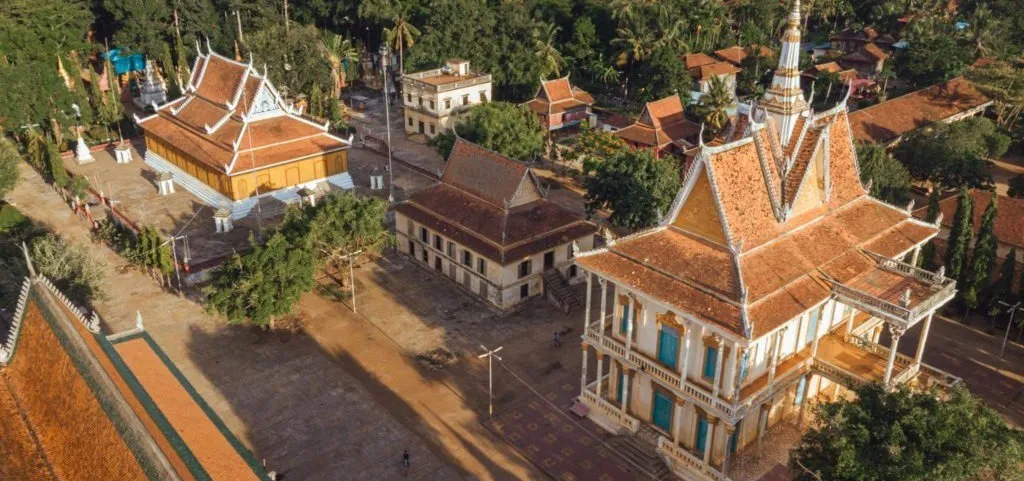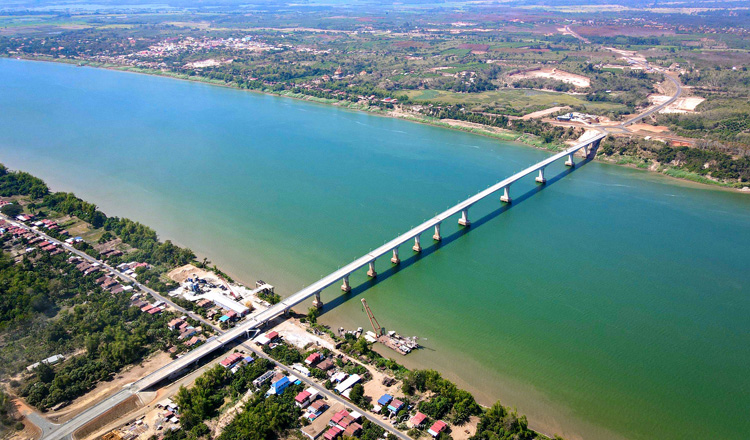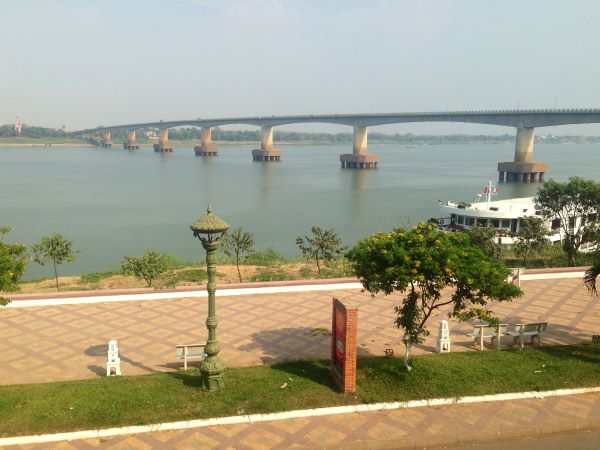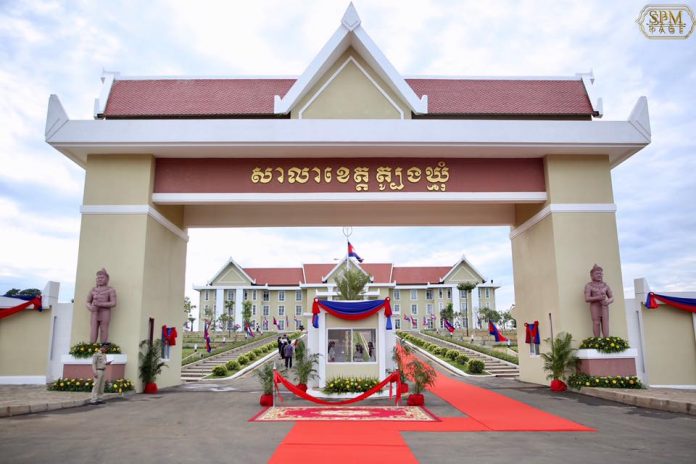Tboung Khmum is a province in eastern Cambodia, known for its rich agricultural industry, historical significance, and growing economic development. Located along the Mekong River, it was established as a separate province in 2014 after being split from Kampong Cham. Tboung Khmum, which means “Amber” in Khmer, is a hub for rubber plantations, pepper farms, and rural tourism.
History and Background
Tboung Khmum has a long history tied to the Khmer Empire, with several ancient temples and archaeological sites scattered throughout the region. The province was part of Kampong Cham until 2014 when it was officially separated to better manage administration and development. It shares a border with Vietnam, making it an important area for trade and cross-border commerce.
Attractions
Wat Maha Leap
One of Cambodia’s last remaining fully wooden pagodas, Wat Maha Leap is a beautifully preserved Buddhist temple showcasing intricate craftsmanship. It is an important religious and cultural site for locals.

Han Chey Temple
An ancient hilltop temple overlooking the Mekong River, Han Chey is believed to date back to the Funan era (pre-Angkorian times). The site offers panoramic views of the surrounding countryside and is a great place for history lovers.
Memot Archaeological Site
This site contains evidence of prehistoric settlements, including ancient burial sites and artifacts from early civilizations. It is an important location for those interested in Cambodia’s ancient history.

Rubber and Pepper Plantations
Tboung Khmum is one of Cambodia’s top producers of rubber and high-quality pepper. Visitors can explore plantations, learn about the production process, and even buy fresh products directly from farmers.
Culture and Economy
The province’s economy is primarily based on agriculture, with rubber, pepper, cassava, and rice being major crops. Due to its location near the Vietnamese border, trade plays a significant role in local business. The people of Tboung Khmum maintain a strong connection to Khmer traditions, and Buddhism is widely practiced throughout the province.
Best Time to Visit
The best time to visit Tboung Khmum is from November to March when the weather is cool and dry. The rainy season (May to October) brings lush greenery but can make some rural roads more difficult to access.

Getting There
Tboung Khmum is about 130 km from Phnom Penh, a drive of around 2.5 to 3 hours. It is easily accessible by bus, minivan, or private car. Its proximity to Vietnam also makes it a convenient stop for travelers crossing the border.
Conclusion
Tboung Khmum offers a mix of history, agriculture, and cultural heritage. From ancient temples to thriving plantations, it provides a glimpse into Cambodia’s rural life while playing a key role in the country’s economic growth. Whether you’re exploring its historical sites or enjoying its natural beauty, Tboung Khmum is a fascinating destination off the beaten path.




